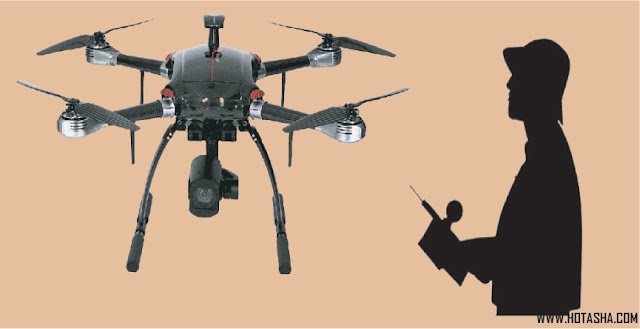It is not true that we often hear the saying "electric fan consumes the same amount of electricity in both slow and loud movements". Whether the bill is equal or low depends on the regulator controlling the fan. There are usually two types of regulators available in the market. One is an electrical regulator, the other is an electronic regulator, but using an electric regulator will reduce the speed of the fan, but the electricity bill will be the same, but using an electronic regulator will reduce the speed of the fan.
Electrical regulator
These regulators are fitted with resistors to reduce fan speed and voltage. When the fan voltage is reduced, the resistor heats up and the fan speed also decreases due to reduced power supply. But as a result, the electricity that is saved by reducing the fan voltage, that is, the electricity, is converted into this resistive-mediated heat energy. In other words, in the end, by reducing the speed of the fan through this regulator, the power consumption is not reduced.
Electronic regulator
These regulators basically have triacs to reduce the fan voltage at which the sine wave of the fan voltage is controlled by controlling the trigger at the gate. The speed of the fan is controlled by changing the RMS value of the voltage. These never get hot. As a result, considerable power is saved when the fan runs at low speeds. In general, electronic regulators are about 40 percent more energy efficient than electric regulators. So nowadays the use of electrical regulators is not seen everywhere.
Therefore, if the electric fan runs at low speed, the power consumption will be less only when electronic regulator is used instead of electrical regulator.
Jeion Ahmed
Chittagong, Bangladesh
.png)












0 Comments